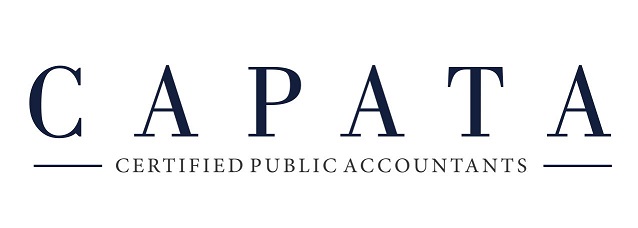Rather than keeping track of the actual cost of operating a
vehicle, employees and self-employed taxpayers can use a standard mileage rate
to compute their deduction related to using a vehicle for business. But you
might also be able to deduct miles driven for other purposes, including
medical, moving and charitable purposes.
What are the deduction rates?
The rates vary depending on the purpose and the year:
Business: 54 cents (2016), 53.5 cents (2017)
Medical: 19 cents (2016), 17 cents (2017)
Moving: 19 cents (2016), 17 cents (2017)
Charitable: 14 cents (2016 and 2017)
The business standard mileage rate is considerably higher than
the medical, moving and charitable rates because the business rate contains a
depreciation component. No depreciation is allowed for the medical, moving or
charitable use of a vehicle.
In addition to deductions based on the standard mileage rate,
you may deduct related parking fees and tolls.
What other limits apply?
The rules surrounding the various mileage deductions are
complex. Some are subject to floors and some require you to meet specific tests
in order to qualify.
For example, miles driven for health-care-related purposes are
deductible as part of the medical expense deduction. But medical expenses
generally are deductible only to the extent they exceed 10% of your adjusted
gross income. (For 2016, the deduction threshold is 7.5% for qualifying
seniors.)
And while miles driven related to moving can be deductible, the
move must be work-related. In addition, among other requirements, the distance
from your old residence to the new
job must be at least 50 miles more than the distance from your old residence to
your old job.
Other considerations
There are also substantiation requirements, which include
tracking miles driven. And, in some cases, you might be better off deducting
actual expenses rather than using the mileage rates.
So contact us to help ensure you deduct all the mileage you’re
entitled to on your 2016 tax return — but not more. You don’t want to risk back
taxes and penalties later.
And if you drove potentially eligible miles in 2016 but can’t
deduct them because you didn’t track them, start tracking your miles now so you
can potentially take advantage of the deduction when you file your 2017 return
next year.



